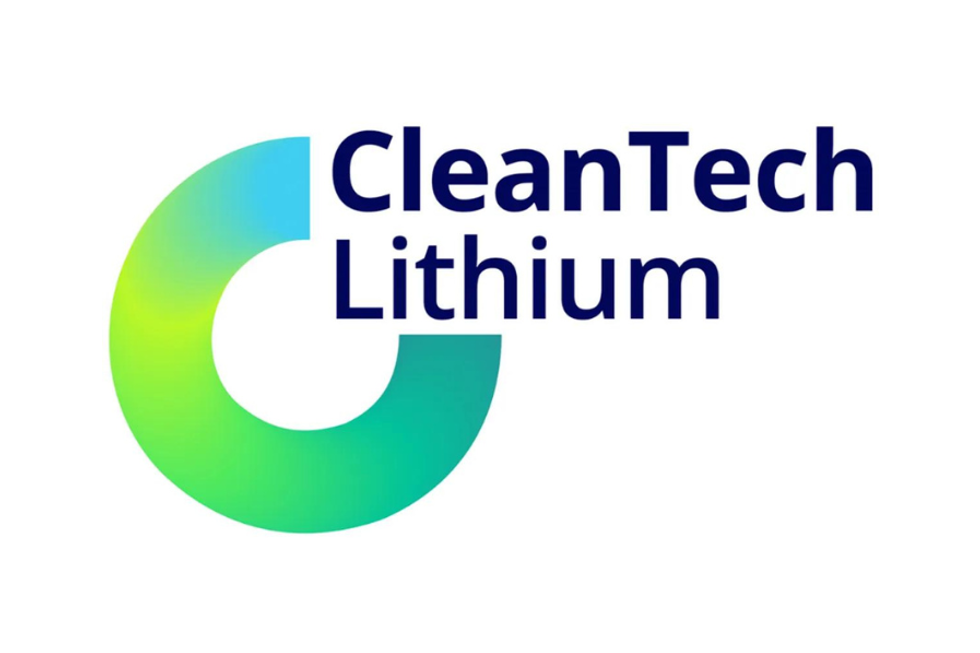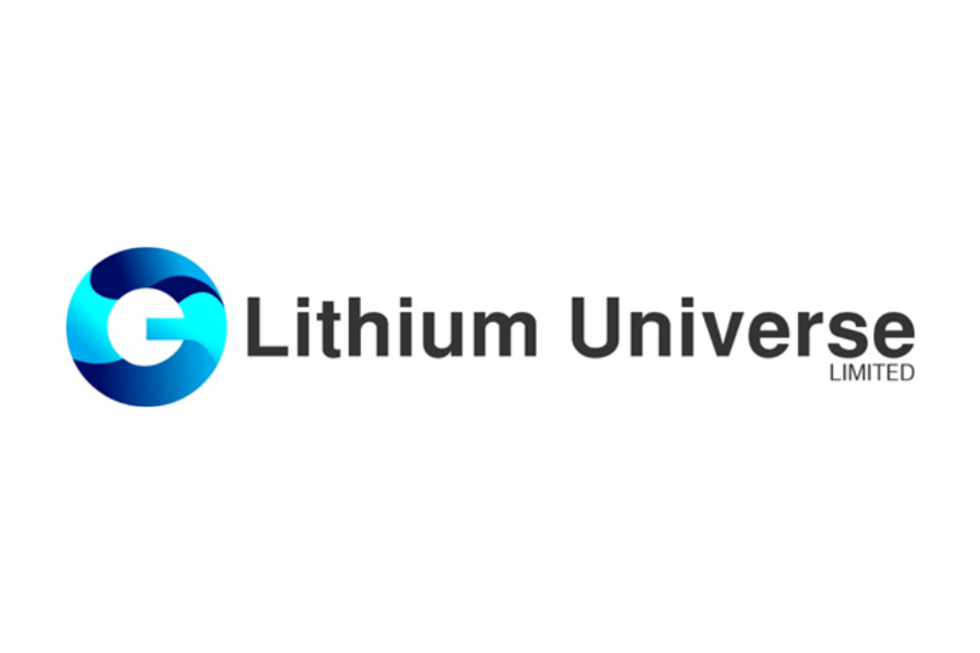Lithium Australia's Adrian Griffin Discusses the Sileach Process

The Investing News Network recently got in touch with Adrian Griffin, managing director of Lithium Australia, to ask about how the company’s Sileach process works and what it means for investors.
On February 22, Lithium Australia (ASX:LIT) reported that it had achieved a significant breakthrough in the development of its Sileach process for the recovery of lithium from spodumene.
The company stated that independent laboratory tests of its hydrometallurgical process had achieved lithium extractions of 92 percent in four hours from alpha spodumene. That’s key, since the process cuts out the need for roasting spodumene, one of the highest cost and most energy intensive parts of the process.
Lithium Australia anticipates that the process may also be used for other lithium silicate ores.
To get a bit more insight into the process, the Investing News Network got in touch with Adrian Griffin, managing director of Lithium Australia. Below, he speaks about how the Sileach process works, about what Tuesday’s announcement means for the company and about what the next steps will be in the development of Sileach.
INN: What is most important for investors to note about the Sileach process?
AG: The process has broad applicability to all silicates and consequently can recover lithium from micas, clays, spodumene, and some of the more exotic minerals such as jadarite. The ability to do this without roasting, is a first for most of these mineral species, and has the potential to significantly reduce the cost of producing lithium chemicals, from spodumene in particular.
INN: What is the estimated cost of extraction? How does that compare to other lithium extraction methods from spodumene?
AG: The biggest cost of recovering lithium chemicals from spodumene, by conventional means, is the energy required for roasting. This requires very high temperatures, that need to be maintained for long periods of time to make the spodumene reactive. We have removed all of the energy requirements from the process, which is done in aqueous solution, at low temperature, and atmospheric pressure. We can also recover some of the other chemical components of the spodumene as by-products creating addition operating cost credits. Our aim is to halve the operating cost of producing lithium carbonate from spodumene.
The reduction of costs, makes material available for processing, that in the past may not have been considered ore. This includes lower grade and contaminated spodumene that may be in dumps and tailings dams and it includes all silicates, not just spodumene.
INN: Sileach achieves lithium extraction of up to 92 percent in four hours from alpha spodumene. How does that compare to other lithium extraction methods from Spodumene?
AG: Extraction of lithium with conventional [methods] is comparable to Sileach. However the conventional process is complicated, requiring roasting at over 1000 degrees Celsius to convert alpha spodumene to beta spodumene, making it susceptible to acid attack. The product is then cooled to a few hundred degrees and leached with sulphuric acid. This complicated flowsheet has a long total residence time. With Sileach, the dissolution of alpha spodumene is complete in a few hours, and that is the rate determining step for the whole process.
INN: What does this mean for Lithium Australia?
AG: This provides Lithium Australia with access to technology capable of recovering lithium from conventional sources (spodumene) far more cheaply than its competitors. It will give access to waste streams and lower grade materials not previously considered ore. We had previously done a lot of work on the recovery of lithium from micas to achieve a similar outcome, but this adds another dimension to the processing of lithium silicates. It will provide Lithium Australia with first mover advantage, and reduce our reliance on third party technologies.
INN: How have your shareholders reacted to the news?
AG: The shareholders are ecstatic and can now see our bigger plan unfolding. It is not only shareholders that have reacted, but we have had a strong response from companies with access to spodumene occurrences that may otherwise stay in the ground, and also from operators with previously uneconomic material locked up in tailings dams. The Sileach™ process provides the ability to capitalize on stranded lithium feed sources, turning waste into ore.
INN: What steps will Lithium Australia take next with regards to the development of the Sileach process?
AG: We will be testing a range of ores with a variety of mineralogy, primarily focused on lithium however we will look at a number of other valuable metals as well. Our main near term goal is piloting at a reasonable scale, using commercial equipment, to prove the veracity of the process and this is likely to be done on both spodumene and lithium micas.
INN: Anything else you would like to add?
AG: One of the great evolutions in mineral processing was the advent of froth flotation. That started with a miners wife washing a pair of overalls and watching the sulphides float on the soap suds. Commercialization of the process enabled lead to be separated from zinc, turning the massive waste dumps, which surrounded Broken Hill in the early 1900s, into the world’s most lucrative ore. In a similar manner, Sileach™ can provide a new era of cheap lithium feed stocks, and reduce the processing cost of newly mined ores. Sileach™ may have a similar impact on the lithium industry as froth flotation had on the base metals industry. Commercialization of the process may well see the cost of producing lithium chemicals from hard rock compete on a level playing field with the low-cost brine producers of South America.
INN: Thank you Adrian.
AG: Thank you.
Securities Disclosure: I, Teresa Matich, hold no direct investment interest in any company mentioned in this article.
Editorial Disclosure: The Investing News Network does not guarantee the accuracy or thoroughness of the information reported in the interviews it conducts. The opinions expressed in these interviews do not reflect the opinions of the Investing News Network and do not constitute investment advice. All readers are encouraged to perform their own due diligence.
Lithium Australia is a client of the Investing News Network. This article is not paid for content





